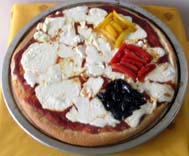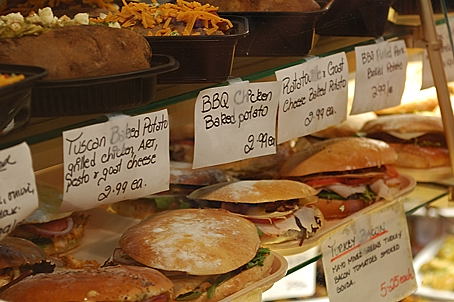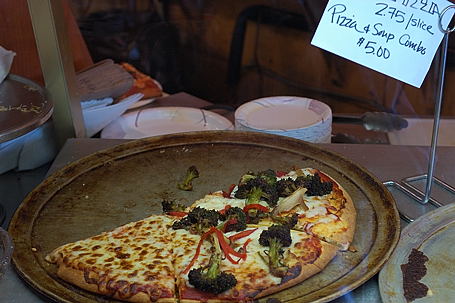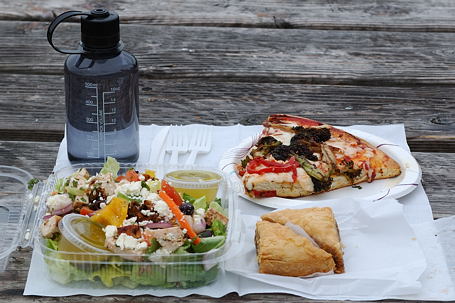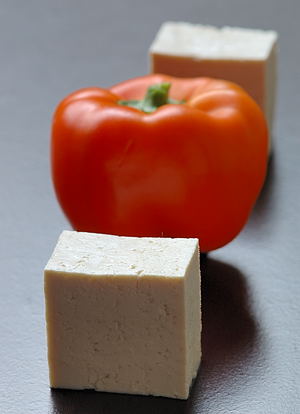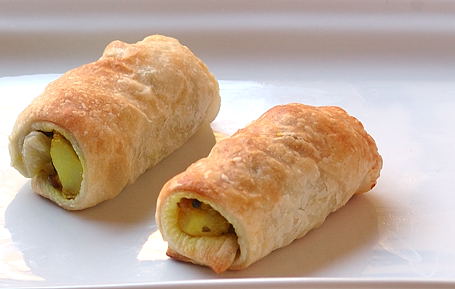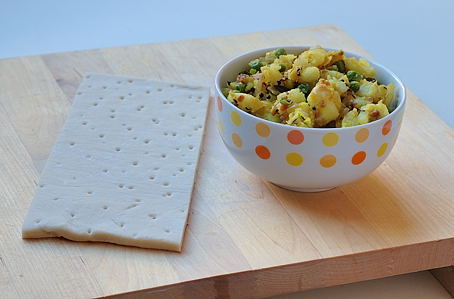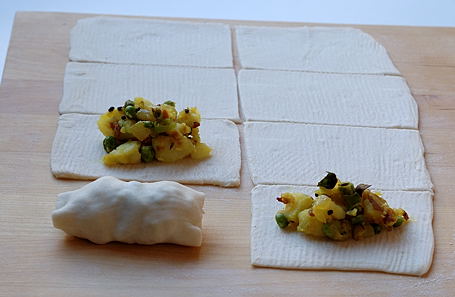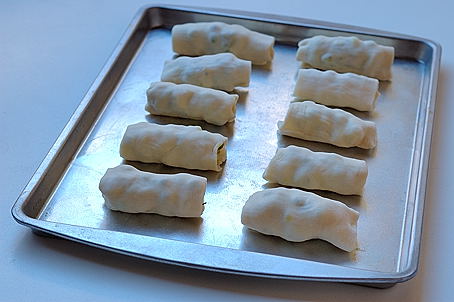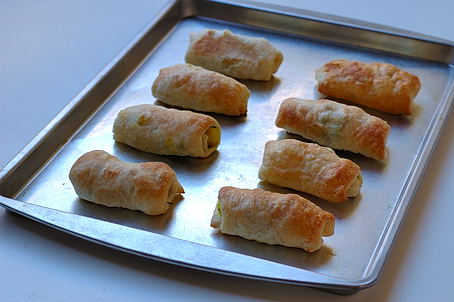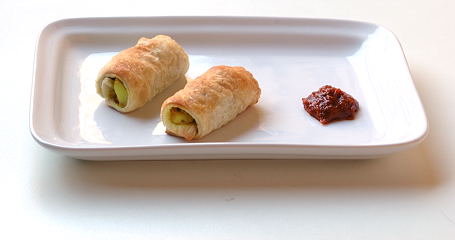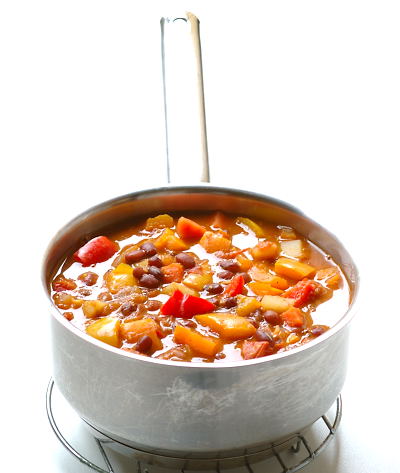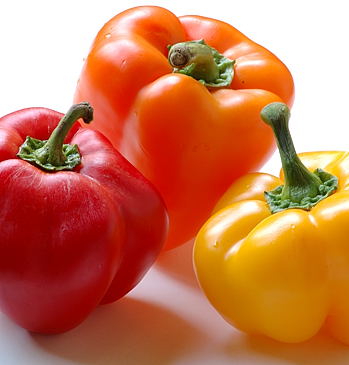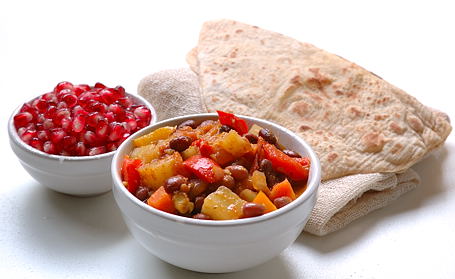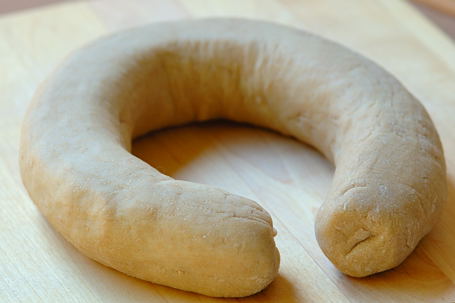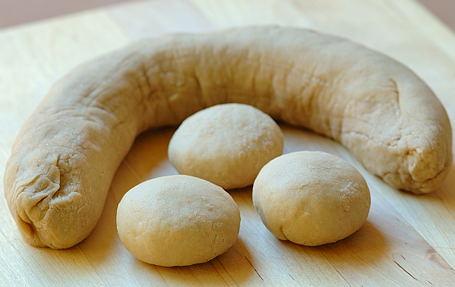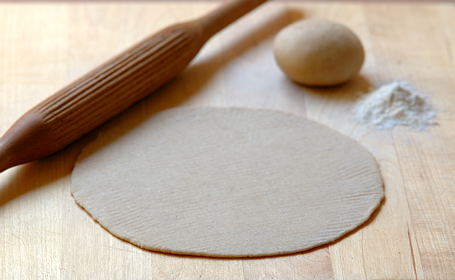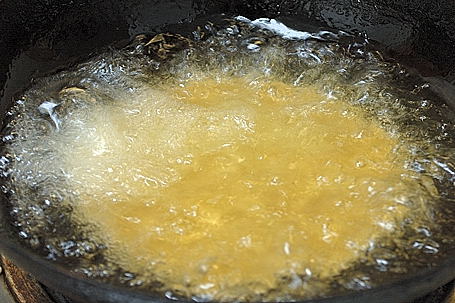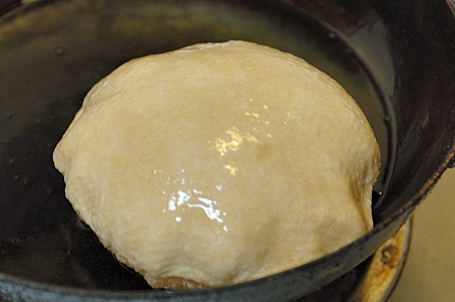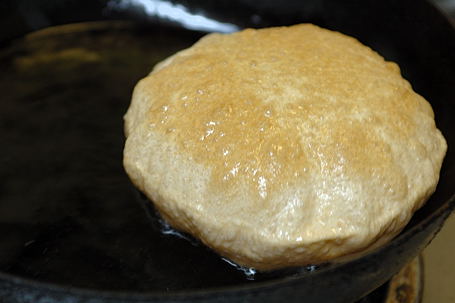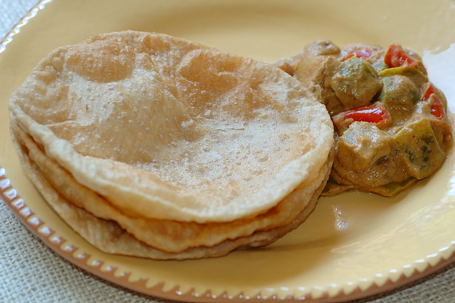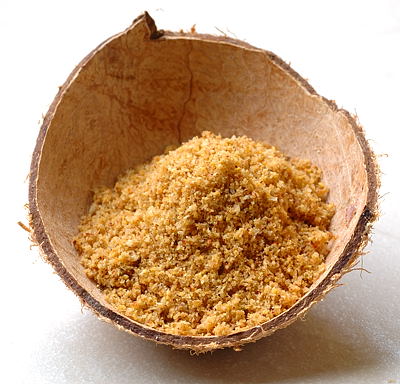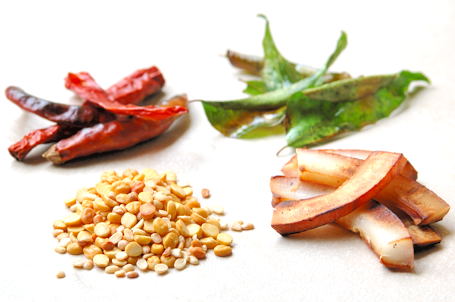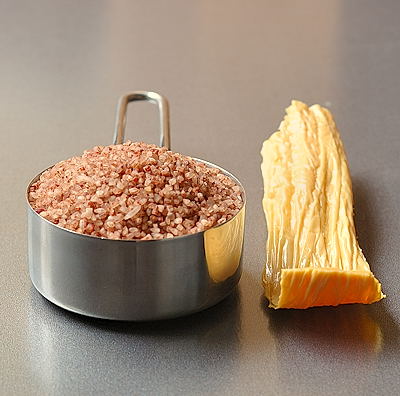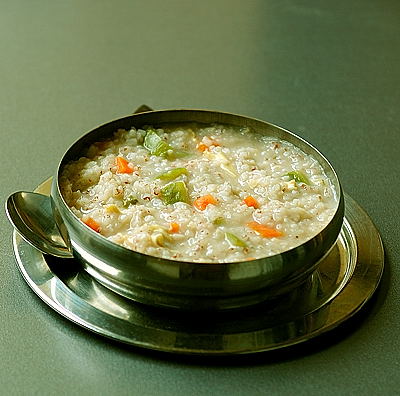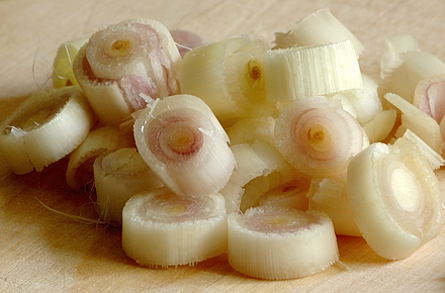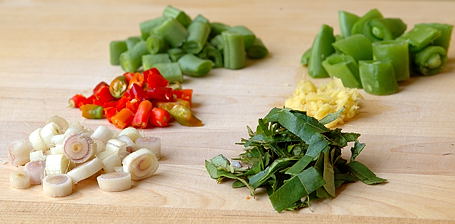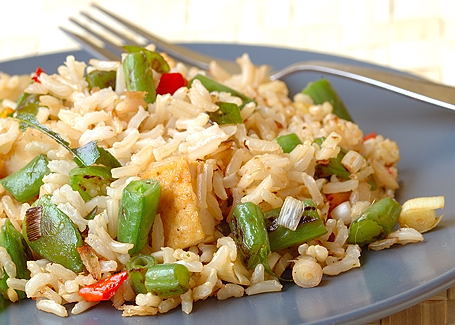I admit, I really like saying the word “Pongal”. Try it. Once more, “Pongal”. Isn’t that fun? I knew you would agree. And we love pongal. No sense in denying it, we are pongal worshippers. Rice and moong dal cooked to creamy moist tenderness with ghee inspired countless people to gush, and I am no exception.
As you can imagine, we are always looking for pongal recipes that will excite our finicky tastebuds. Boy, we cooked one today. Pongal with mixed vegetables and cashews, flavored with ginger and ghee. A filling one-pot meal with minimum effort. Sounds superb, doesn’t it? Now imagine that decadent creamy pongal warmly melting in your mouth with each bite. I promise, it really is as good as it sounds. Even better!
Secret is all in the rice. Pick brown/unpolished or parboiled varieties for maximum ruchi and I found that Kerala red rice (or Rosematta rice – an unpolished red rice from India, cultivated since ancient times in Kerala and Tamilnadu regions) is the supreme, healthy choice for this recipe.
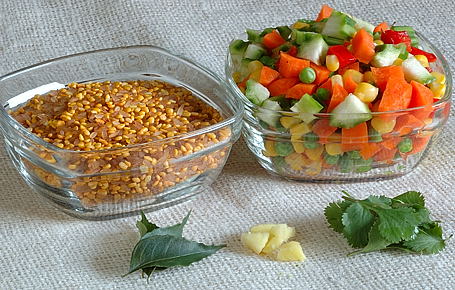
Kerala Red Rice+Roasted Yellow Moong Dal, Vegetables, Curry leaves, Ginger and Coriander Leaves
Recipe:
Half cup – Kerala red rice (Rosematta rice)
Half cup – yellow moong dal
Two cups – cut vegetables
Half cup – roasted cashews
Ten curry leaves and few sprigs of fresh coriander leaves
One teaspoon each – cumin, minced ginger, peppercorn, turmeric and salt
Two tablespoons – ghee
Dry roast yellow moong dal to pale brown on low heat, in an iron skillet. Remove, mix with Kerala red rice. Wash gently with water then drain quickly.
Prepare vegetables to bite sized pieces. My choice was – ridge gourd (turai), carrot, red bell pepper, one each and a fistful of fresh corn and peas. For spicy punch, I added 4 green chillies-finely chopped.
When you are ready to cook – heat ghee in a large, heavy-based pan.
Add curry leaves first and then cumin and ginger. Saute to gold color.
Add the cut vegetables, coriander leaves. Saute for about 5 minutes.
Add the Kerala red rice and moong dal.
Add 6 cups of water and 1 cup of milk.
Coarsely crush peppercorn and add along with salt and turmeric.
Mix. Cover and simmer on medium heat, stirring occasionally.
After about 20 to 30 minutes, the grains will be tenderly soft and there will still little bit of liquid (at least half cup) left in the pot. Turn off the heat at this stage and add the roasted cashews. Mix and serve this liquid kanji (ganji) like vegetable pongal immediately.
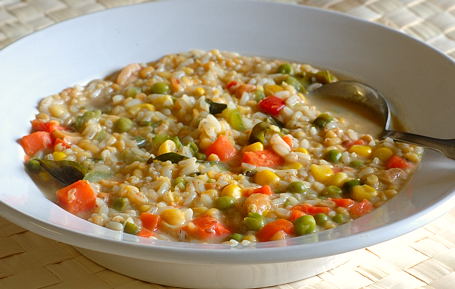
Vegetable Pongal ~ Our Afternoon Meal Today
Kerala Red Rice (Rosematta Rice) -Available in Indian grocery shops
Traditional Pongali – Recipe

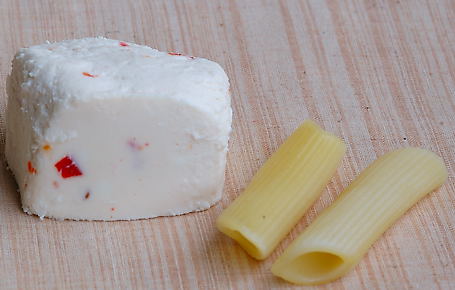
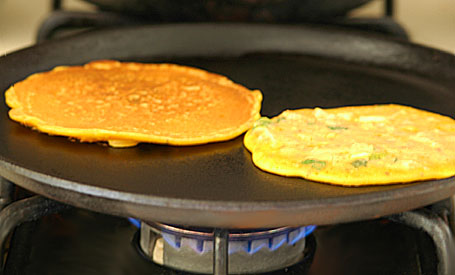
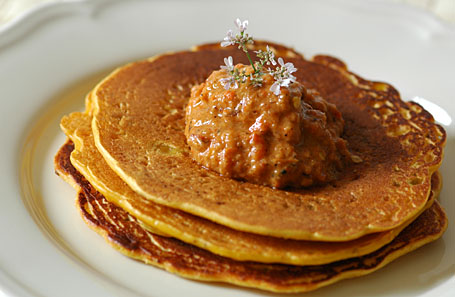
 I consider
I consider 